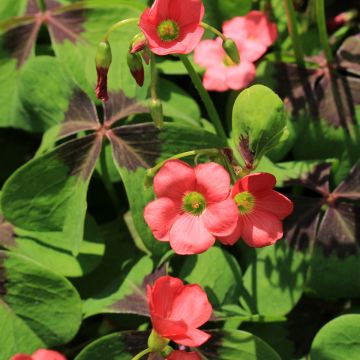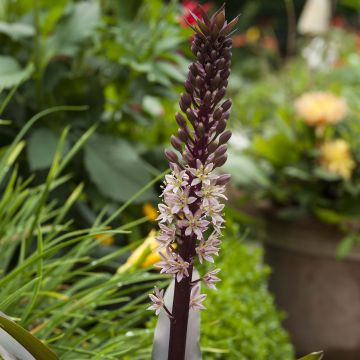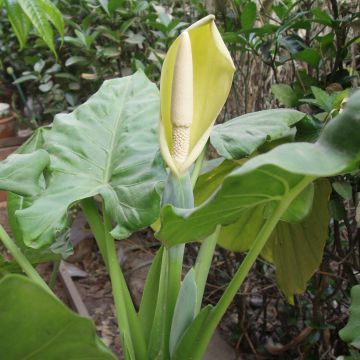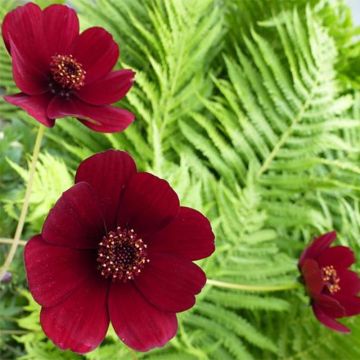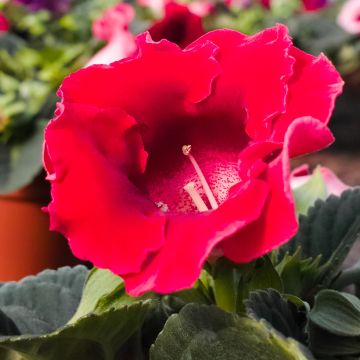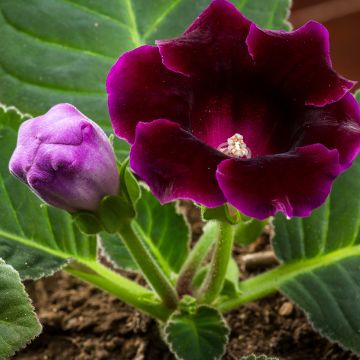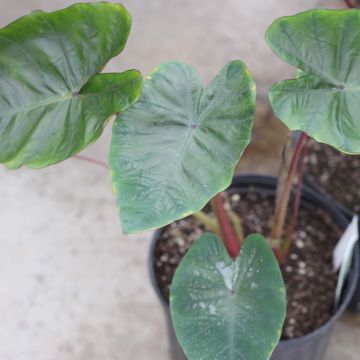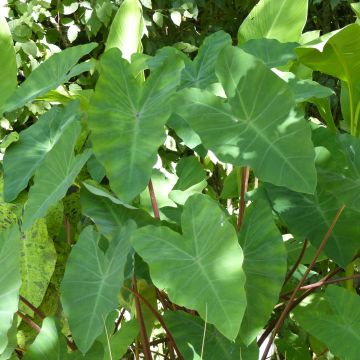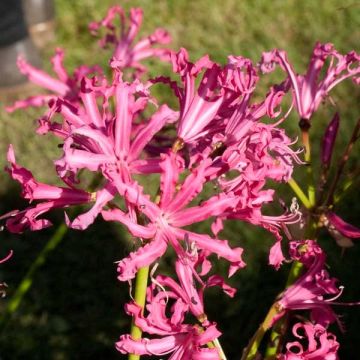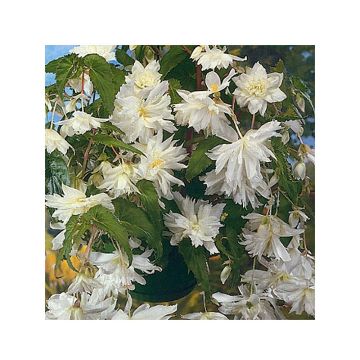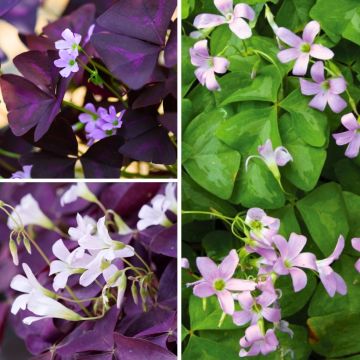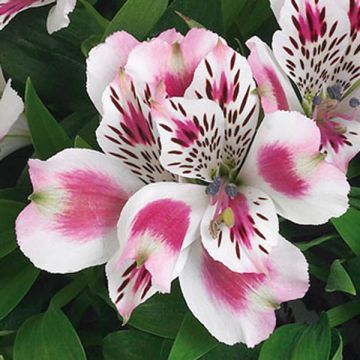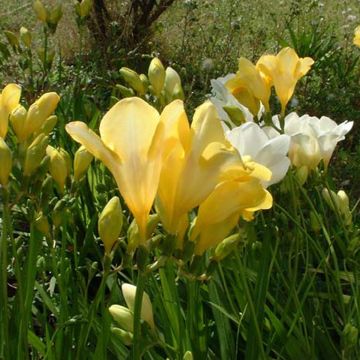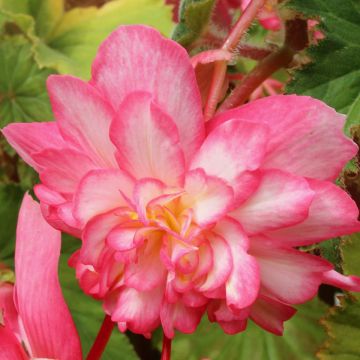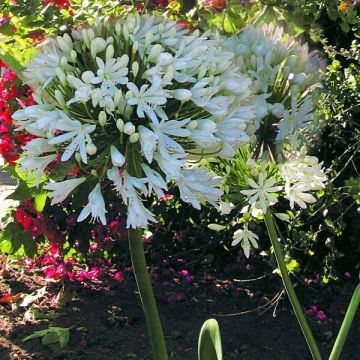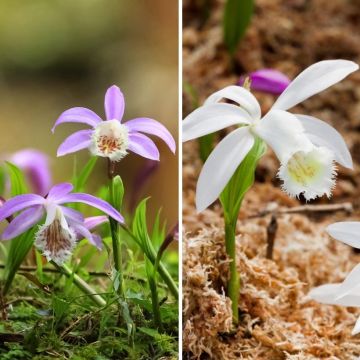Shipping country and language
Your country of residence may be:
Your country of residence is:
For a better user experience on our website, you can select:
Your shipping country:
-
Andorra
-
Austria
-
Belgium
-
Bulgaria
-
Canada
-
Chile
-
Croatia
-
Cyprus
-
Czechia
-
Denmark
-
Estonia
-
Finland
-
France
-
Germany
-
Greece
-
Hungary
-
Iceland
-
Ireland
-
Italy
-
Latvia
-
Lithuania
-
Luxembourg
-
Malta
-
Monaco
-
Netherlands
-
Poland
-
Portugal
-
Romania
-
Slovakia
-
Slovenia
-
Spain
-
Sweden
-
Switzerland
-
United Kingdom
We only deliver seed and bulb products to your country. If you add other products to your basket, they cannot be shipped.
Language:
-
French
-
German
-
Spanish
-
English
-
Italian
My Account
Hello
My wish lists
Log in / Register
Existing customer?
New customer?
Create an account to track your orders, access our customer service and, if you wish, make the most of our upcoming offers.
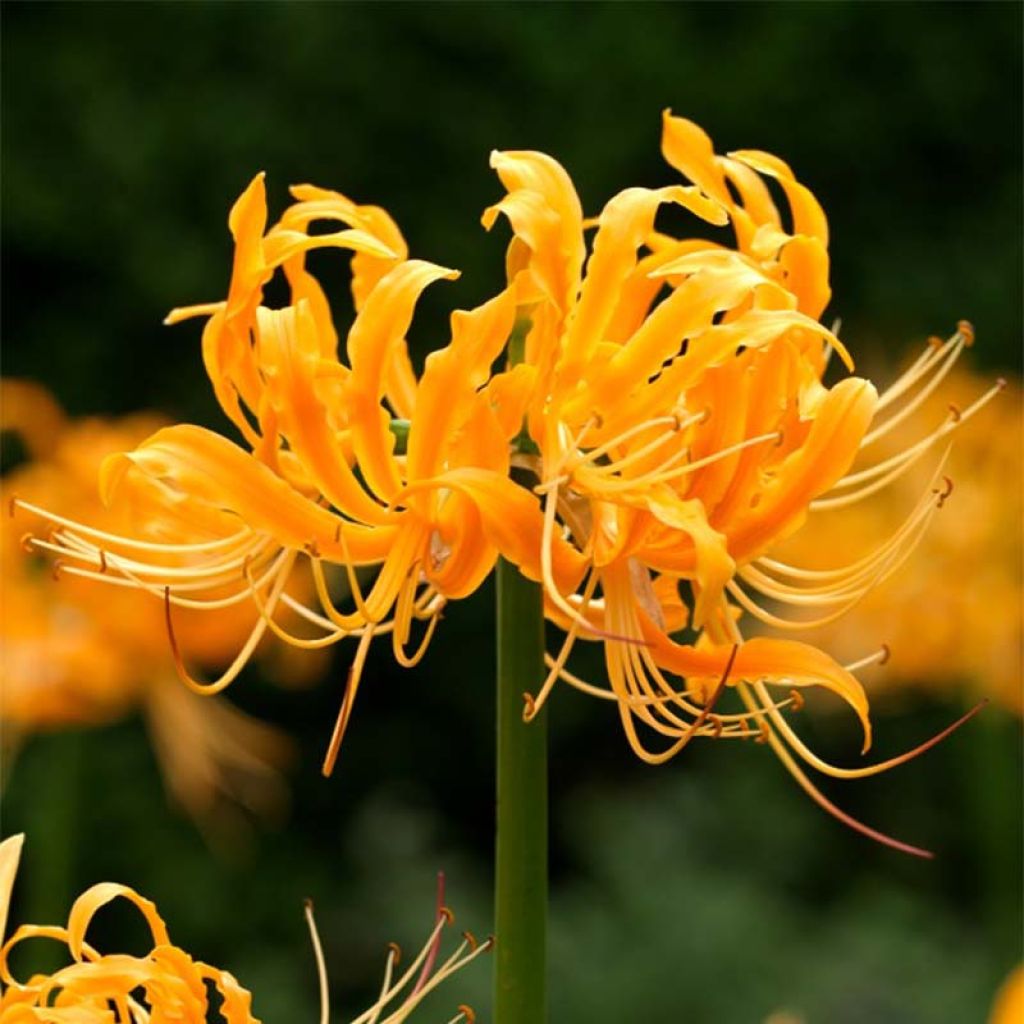

Lycoris aurea - Lis araignée jaune.
View more pictures
Hide images
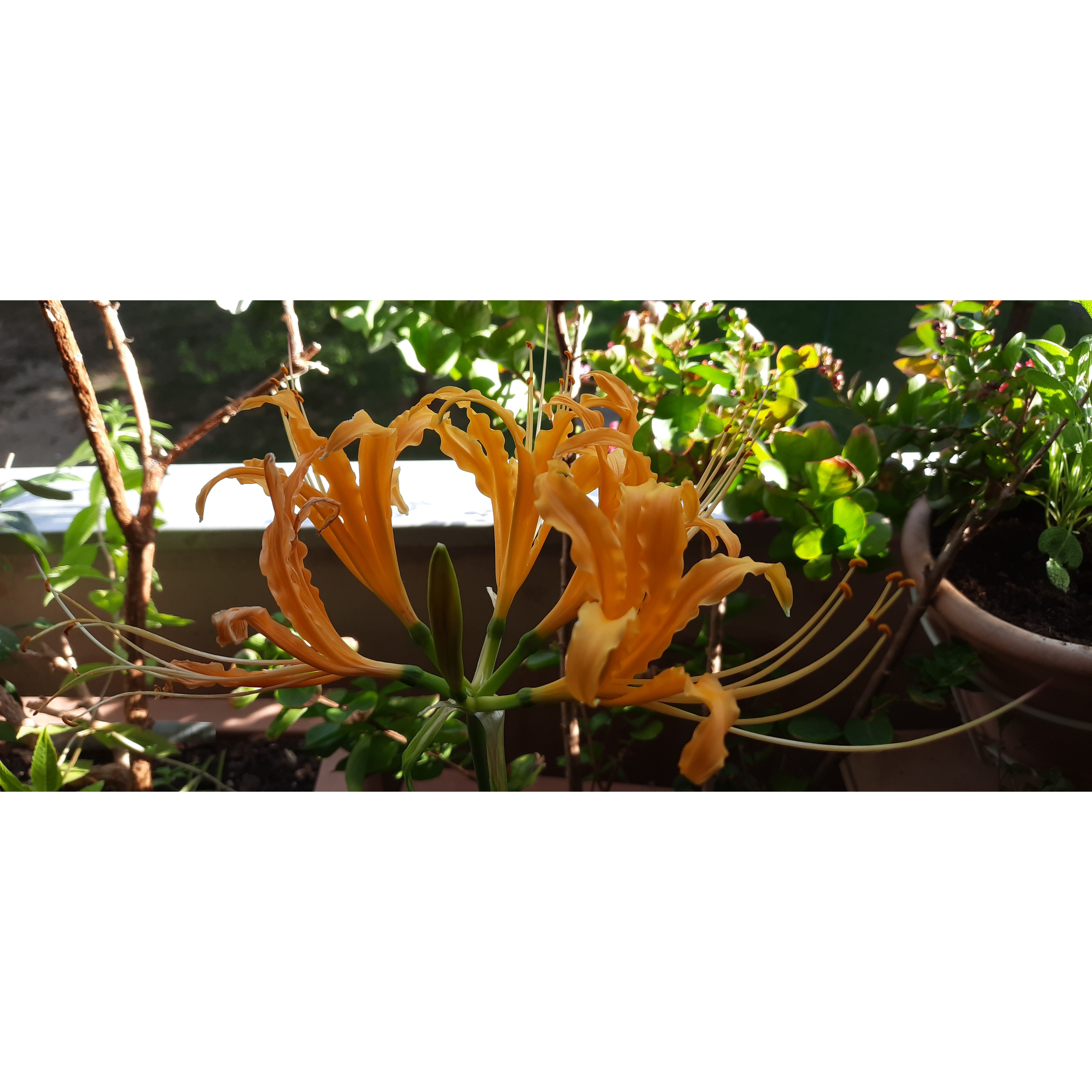
Sophie C.

Sophie C. • 38 FR

Sophie C.

This is a plant that I had been looking for a long time, and I finally found it on Promesse de Fleurs. The Lycoris aurea 3 bulbs I received were in excellent condition, and I couldn't be happier with my purchase. Can't wait to see them bloom in my garden n
Sophie C. • 38 FR
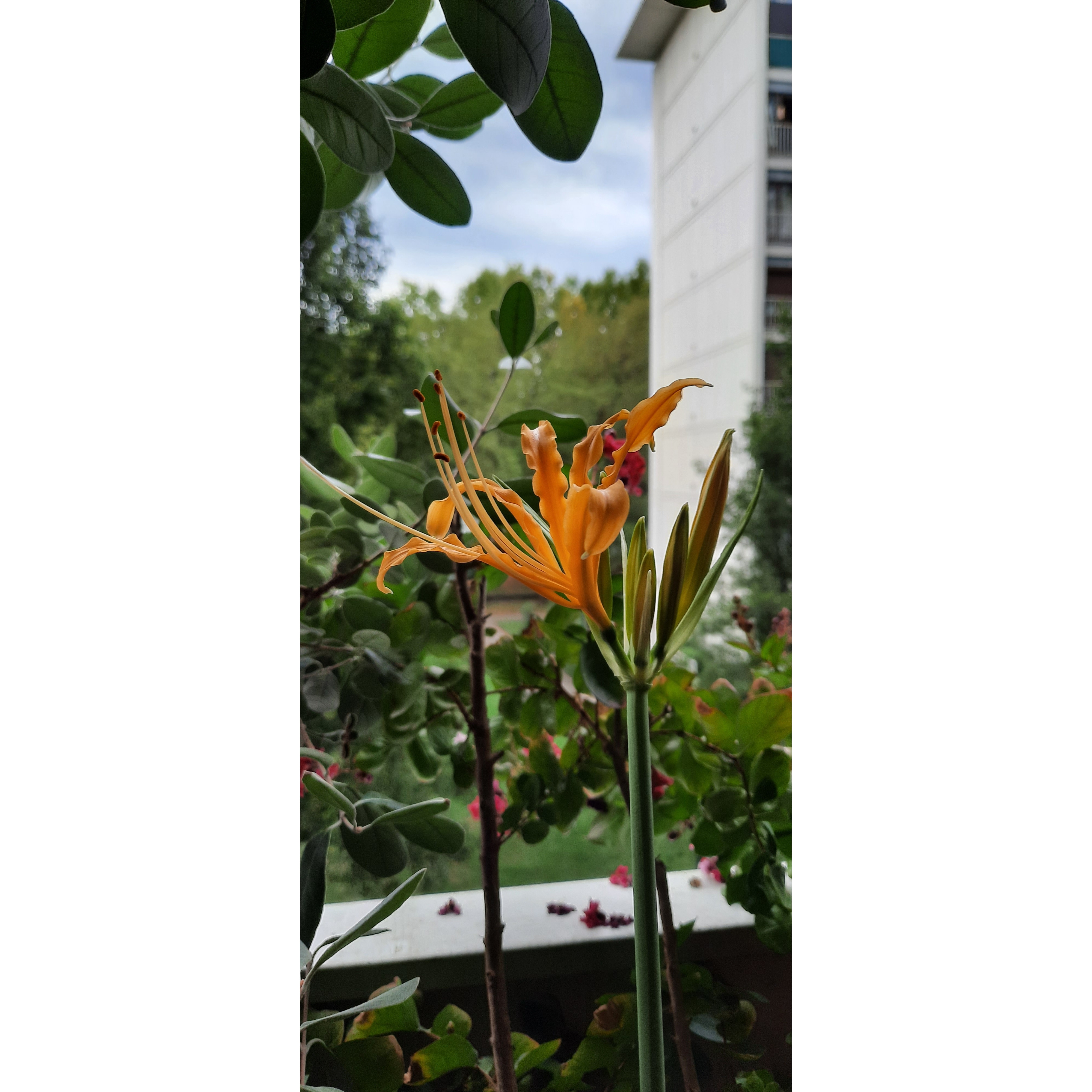
Sophie C.

Lycoris aurea 2
Sophie C. • 38 FR
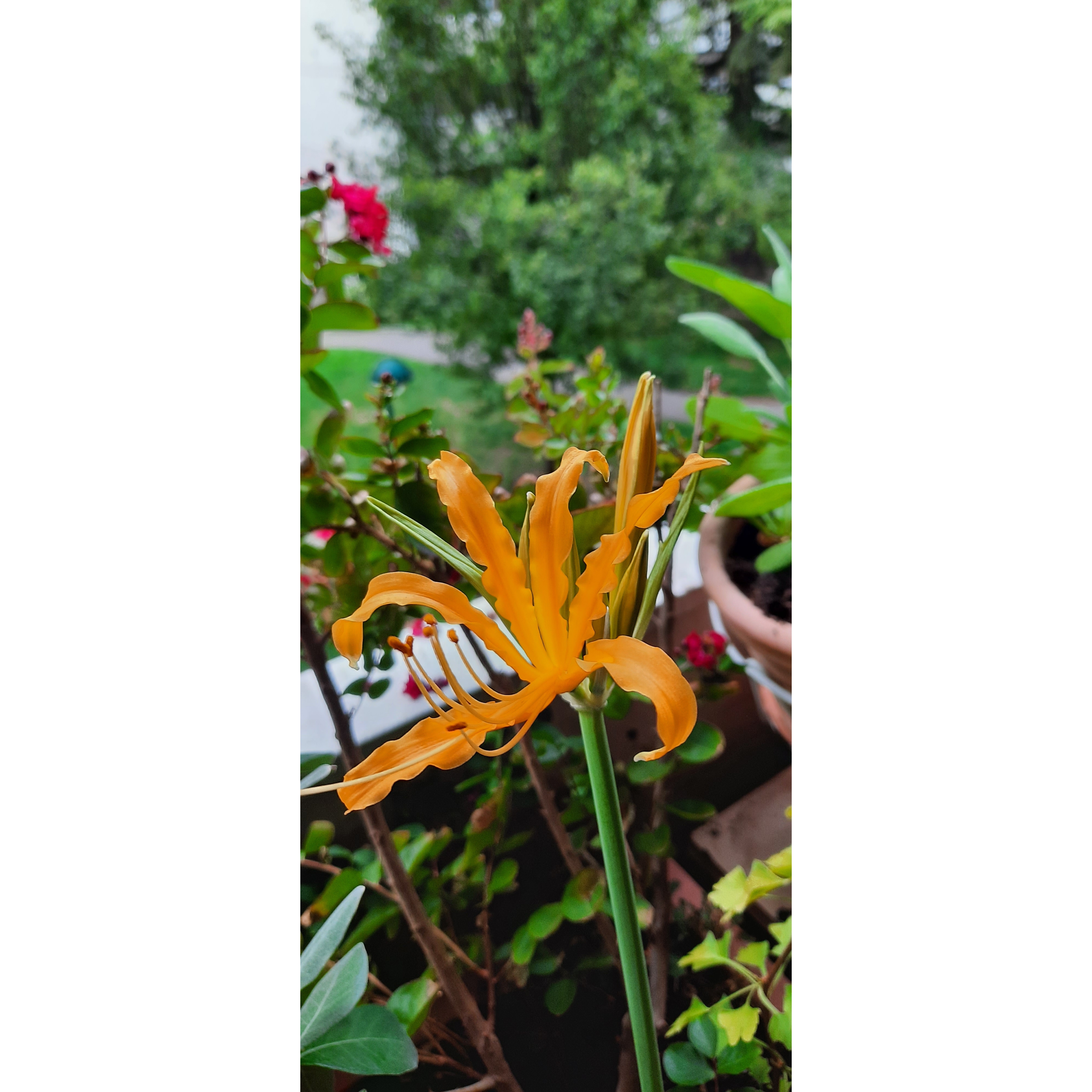
Sophie C.

Lycoris aurea 1
Sophie C. • 38 FR
Lycoris aurea - Golden Spider Lily
Lycoris aurea
Golden Spider Lily, Golden Hurricane Lily
Bulbs in excellent condition. Promising for a good recovery.
Manant, 20/03/2024
Order in the next for dispatch today!
Dispatch by letter from 3,90 €.
Delivery charge from 5,90 € Oversize package delivery charge from 6,90 €.
More information
This item is not available in your country.
Shipping country:
-
Andorra
-
Austria
-
Belgium
-
Bulgaria
-
Canada
-
Chile
-
Croatia
-
Cyprus
-
Czechia
-
Denmark
-
Estonia
-
Finland
-
France
-
Germany
-
Greece
-
Hungary
-
Iceland
-
Ireland
-
Italy
-
Latvia
-
Lithuania
-
Luxembourg
-
Malta
-
Monaco
-
Netherlands
-
Poland
-
Portugal
-
Romania
-
Slovakia
-
Slovenia
-
Spain
-
Sweden
-
Switzerland
-
United Kingdom
Schedule delivery date,
and select date in basket
This plant carries a 6 months recovery warranty
More information
We guarantee the quality of our plants for a full growing cycle, and will replace at our expense any plant that fails to recover under normal climatic and planting conditions.
From 5,90 € for pickup delivery and 6,90 € for home delivery
Express home delivery from 8,90 €.

Would this plant suit my garden?
Set up your Plantfit profile →
Description
Lycoris aurea, as its species name suggests, offers inflorescences of intense yellow, tending towards orange. This very beautiful bulbous species, native to subtropical areas of China, is rare in cultivation and not very hardy, but truly spectacular where it thrives. In winter, it forms opulent clumps of broad ribbon-like leaves with steel highlights that disappear at the end of spring. The bulb rests in summer in dry soil, then generally blooms in October in our climates. Its large umbels of flowers, reminiscent of deciduous azaleas, are carried at the end of sturdy stems that emerge directly from the ground. This lycoris, the largest of the genus, is a collector's plant for the knowledgeable gardener, which will delight with its surprising flowering one beautiful autumn day, emerging from the ground as if by magic.
Lycoris aurea is a plant of the amaryllidaceae family, just like nerines, snowdrops, and daffodils. It is native to southern China, but also to southern Vietnam, Taiwan, and Japan. Lycoris grow in a natural habitat of deciduous or evergreen woodlands, experiencing a continental climate with hot and humid summers for the growing season, and cold and dry winters for the dormant period. In our latitudes, these plants adapt their vegetative cycle by deploying their foliage in winter and flowering in late summer or autumn.
Lycoris aurea grows in its country of origin on limestone soil but shows some tolerance. It is a herbaceous plant with a large, elongated bulb, covered with brown skin. It first shows growth with its flowering in October, after Lycoris radiata. It multiplies vegetatively by producing bulblets on the periphery of the mother bulb but does not always produce seeds. For 2 to 3 weeks, the plant produces flower stalks about 60-70 cm (24-28in) tall, carrying a wide umbel about 20 cm (8in) in diameter, composed of 3 to 8 yellow flowers with narrow, wavy, reflexed petals. The centre of the flower has very long stamens also curved upwards. After flowering, ribbon-like leaves appear, reaching 50 to 60 cm (20 to 24in) long and 5 cm (2in) wide, arranged in clumps. They are a slightly glaucous, very shiny green, with each leaf crossed by a silver midline. The leaves die at the end of spring, and the bulb is then dormant until the end of summer. During this summer dormancy period, the bulb must be protected from excessive humidity and should not be disturbed once established.
The two species aurea and traubii, which resemble each other, can be distinguished by the brightness of the foliage of the former as well as by the presence of remnants of leaves from the previous season cohabiting with the new flowering in the Lycoris aurea.
This bulbous plant is well adapted to Mediterranean climates and the south Atlantic coast, but it is essential to grow it in pots further north and protect them during winter. Lycoris flowers make excellent cut flowers, with good vase life. In southern regions, they can be planted alongside nerines, agapanthus, and Amaryllis belladonna in well-drained soil in a warm exposure, but they should be given partial shade in light woodland or the shelter of a large deciduous bush as they don't like scorching sun. All these plants are easy-to-grow in large pots and used as focal points on a terrace, in an exotic or contemporary style.
Report an error about the product description
Lycoris aurea - Golden Spider Lily in pictures
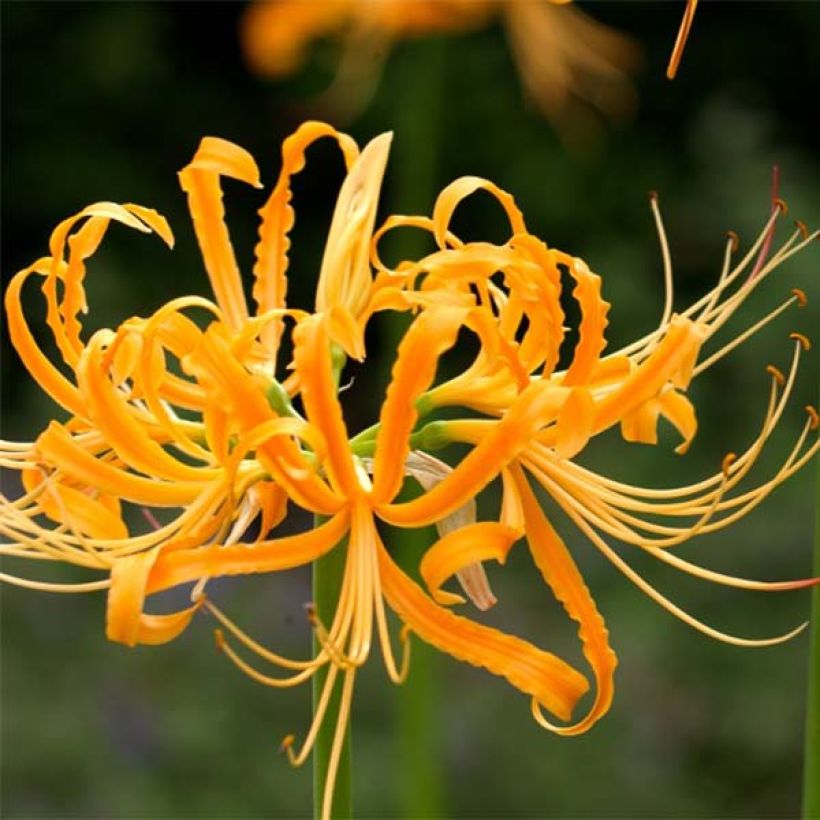

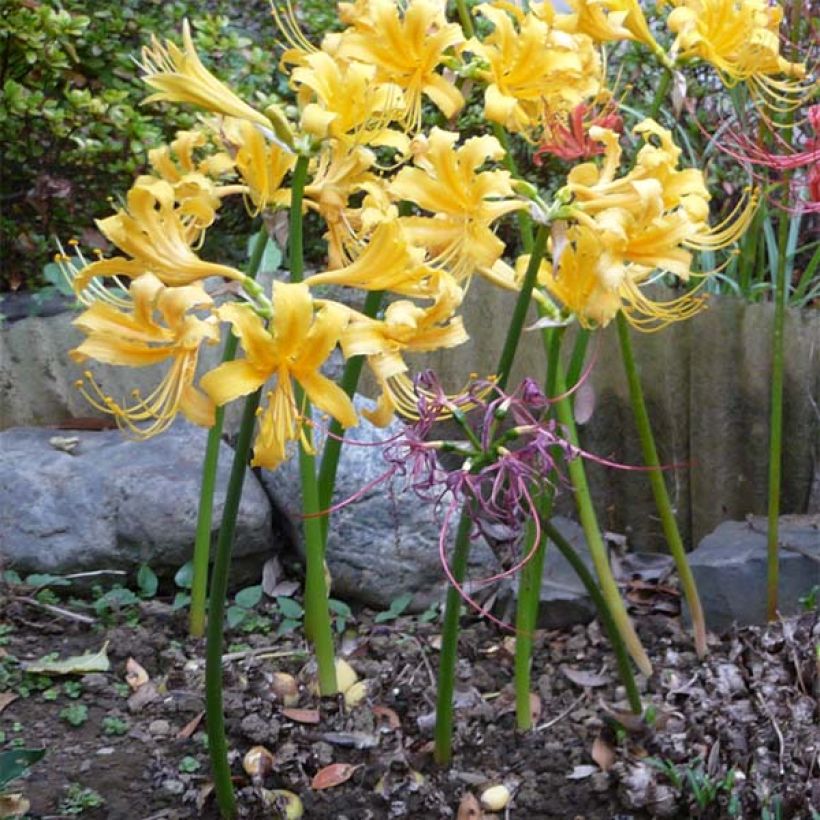

Plant habit
Flowering
Foliage
Botanical data
Lycoris
aurea
Amaryllidaceae (Liliaceae)
Golden Spider Lily, Golden Hurricane Lily
China
Other Other summer bulbs
Planting and care
When planted under 3 to 5 cm (1 to 2in) of soil, close to the soil surface, spaced 40 cm (16in) apart in partial shade, the bulbs are hardy down to -8°C in well-drained soil, even though the hardiness of this species is not established in all European climates. While its bulb withstands cold very well, it is the evergreen leaves that must not be destroyed by intense frosts, otherwise the bulb will quickly become exhausted.
Some gardeners believe that it is possible to grow this Lycoris outside in a well-sheltered location, against a wall or under the cover of deciduous bushes, where the foliage is not exposed to temperatures below -5°C. However, it is established that the bulbs need summer dormancy, in rather dry soil in summer and in a sunny location in winter.
They should be grown in light, deep, and fertile soil. This species has no requirements regarding soil pH, which can be slightly acidic, neutral, or even alkaline. It does, however, like soils rich in loam. If water is lacking during the flowering period, the plant will go dormant again. It will wait for the return of rain to flower, which will be later and much less spectacular. This lycoris does not tolerate divisions very well, and its bulb does not like being disturbed. It is not uncommon for there to be no flowers in the year following planting or division.
Planting period
Intended location
Care
-
, onOrder confirmed
Reply from on Promesse de fleurs
Bulbs to grow in pots
Haven't found what you were looking for?
Hardiness is the lowest winter temperature a plant can endure without suffering serious damage or even dying. However, hardiness is affected by location (a sheltered area, such as a patio), protection (winter cover) and soil type (hardiness is improved by well-drained soil).

Photo Sharing Terms & Conditions
In order to encourage gardeners to interact and share their experiences, Promesse de fleurs offers various media enabling content to be uploaded onto its Site - in particular via the ‘Photo sharing’ module.
The User agrees to refrain from:
- Posting any content that is illegal, prejudicial, insulting, racist, inciteful to hatred, revisionist, contrary to public decency, that infringes on privacy or on the privacy rights of third parties, in particular the publicity rights of persons and goods, intellectual property rights, or the right to privacy.
- Submitting content on behalf of a third party;
- Impersonate the identity of a third party and/or publish any personal information about a third party;
In general, the User undertakes to refrain from any unethical behaviour.
All Content (in particular text, comments, files, images, photos, videos, creative works, etc.), which may be subject to property or intellectual property rights, image or other private rights, shall remain the property of the User, subject to the limited rights granted by the terms of the licence granted by Promesse de fleurs as stated below. Users are at liberty to publish or not to publish such Content on the Site, notably via the ‘Photo Sharing’ facility, and accept that this Content shall be made public and freely accessible, notably on the Internet.
Users further acknowledge, undertake to have ,and guarantee that they hold all necessary rights and permissions to publish such material on the Site, in particular with regard to the legislation in force pertaining to any privacy, property, intellectual property, image, or contractual rights, or rights of any other nature. By publishing such Content on the Site, Users acknowledge accepting full liability as publishers of the Content within the meaning of the law, and grant Promesse de fleurs, free of charge, an inclusive, worldwide licence for the said Content for the entire duration of its publication, including all reproduction, representation, up/downloading, displaying, performing, transmission, and storage rights.
Users also grant permission for their name to be linked to the Content and accept that this link may not always be made available.
By engaging in posting material, Users consent to their Content becoming automatically accessible on the Internet, in particular on other sites and/or blogs and/or web pages of the Promesse de fleurs site, including in particular social pages and the Promesse de fleurs catalogue.
Users may secure the removal of entrusted content free of charge by issuing a simple request via our contact form.
The flowering period indicated on our website applies to countries and regions located in USDA zone 8 (France, the United Kingdom, Ireland, the Netherlands, etc.)
It will vary according to where you live:
- In zones 9 to 10 (Italy, Spain, Greece, etc.), flowering will occur about 2 to 4 weeks earlier.
- In zones 6 to 7 (Germany, Poland, Slovenia, and lower mountainous regions), flowering will be delayed by 2 to 3 weeks.
- In zone 5 (Central Europe, Scandinavia), blooming will be delayed by 3 to 5 weeks.
In temperate climates, pruning of spring-flowering shrubs (forsythia, spireas, etc.) should be done just after flowering.
Pruning of summer-flowering shrubs (Indian Lilac, Perovskia, etc.) can be done in winter or spring.
In cold regions as well as with frost-sensitive plants, avoid pruning too early when severe frosts may still occur.
The planting period indicated on our website applies to countries and regions located in USDA zone 8 (France, United Kingdom, Ireland, Netherlands).
It will vary according to where you live:
- In Mediterranean zones (Marseille, Madrid, Milan, etc.), autumn and winter are the best planting periods.
- In continental zones (Strasbourg, Munich, Vienna, etc.), delay planting by 2 to 3 weeks in spring and bring it forward by 2 to 4 weeks in autumn.
- In mountainous regions (the Alps, Pyrenees, Carpathians, etc.), it is best to plant in late spring (May-June) or late summer (August-September).
The harvesting period indicated on our website applies to countries and regions in USDA zone 8 (France, England, Ireland, the Netherlands).
In colder areas (Scandinavia, Poland, Austria...) fruit and vegetable harvests are likely to be delayed by 3-4 weeks.
In warmer areas (Italy, Spain, Greece, etc.), harvesting will probably take place earlier, depending on weather conditions.
The sowing periods indicated on our website apply to countries and regions within USDA Zone 8 (France, UK, Ireland, Netherlands).
In colder areas (Scandinavia, Poland, Austria...), delay any outdoor sowing by 3-4 weeks, or sow under glass.
In warmer climes (Italy, Spain, Greece, etc.), bring outdoor sowing forward by a few weeks.
